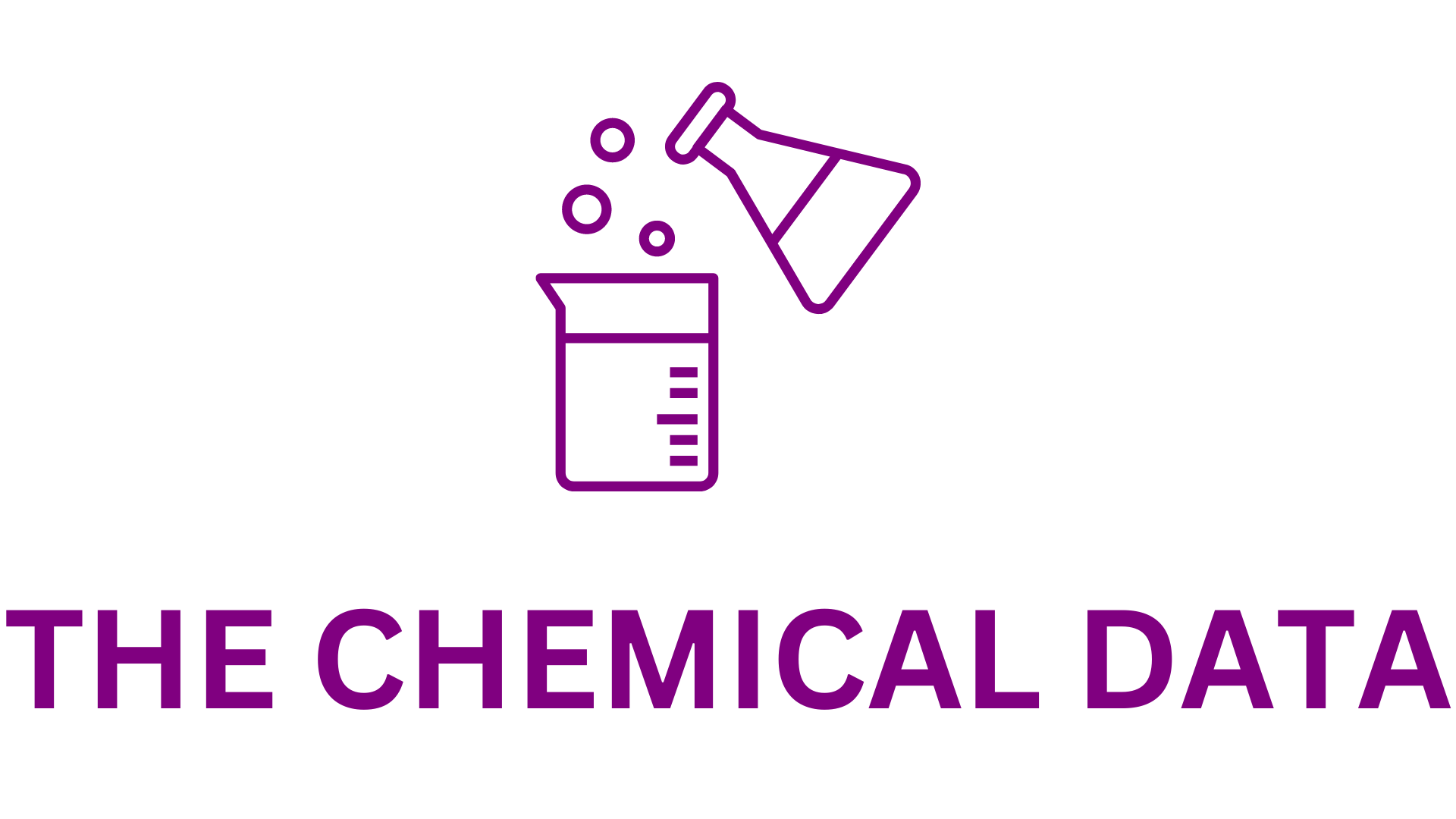
Succinic Acid Global Market for Active Ingredients in Cosmetics Set for Strong Growth Through 2030: Succinic Acid, Natural Extracts Drive Innovation
Succinic Acid The global market for active ingredients used in cosmetic products is experiencing a robust growth phase, with demand forecasted to rise steadily through the end of the decade. According to the latest edition of the Active Ingredients for Succinic Acid Cosmetics – Global Strategic Business Report, the market was valued at approximately USD 4.5 billion in 2024, and is projected to reach USD 6.3 billion by 2030, growing at a compound annual growth rate (CAGR) of 5.8% Succinic Acid.
The report offers a comprehensive, data-driven analysis of current trends, market dynamics, regional growth, and tariff impacts—making it an indispensable tool for professionals and stakeholders in the cosmetic, chemical, and biotechnology industries.
Understanding Active Ingredients in Cosmetics
Succinic Acid Active ingredients are the core components in cosmetics that deliver specific skin, hair, or nail benefits. Unlike excipients or inactive ingredients that primarily serve structural or preservative purposes, active ingredients directly target a range of consumer concerns such as aging, acne, pigmentation, and dryness.
These biologically or chemically functional compounds range from well-known vitamins (like Vitamin C and E), antioxidants (e.g., resveratrol), peptides, ceramides, and botanical extracts (like green tea, aloe vera, and chamomile) to advanced biotechnology-derived ingredients such as growth factors and enzymes Succinic Acid.
Some of the most widely used active ingredients include:
- Retinoids for anti-aging and acne treatment
- Hyaluronic acid for deep skin hydration
- Niacinamide for barrier repair and even skin tone
- Peptides for stimulating collagen and improving skin firmness
- Salicylic acid for exfoliation and acne control
Emerging ingredients, such as succinic acid, are beginning to gain attention for their multi-functional properties, including antimicrobial, anti-inflammatory, and exfoliating effects—making them highly attractive to formulators looking for next-generation solutions.
Key Growth Drivers Fueling Market Expansion
Several critical factors are propelling the global active ingredients Succinic Acid for cosmetics market forward:
- Consumer Demand for High-Performance Products
As global consumers become more educated and discerning, expectations for performance, efficacy, and ingredient transparency have intensified. Shoppers increasingly seek products that offer visible results, leading brands to formulate with clinically validated active ingredients. - Personalized Skincare and Product Customization
The personalization trend is transforming the cosmetics market. Succinic Acid Consumers now demand products tailored to their unique skin profiles, lifestyles, and climates. This has increased demand for a diverse pool of active ingredients to address niche and targeted skincare goals. - Advances in Dermatological Research and Biotechnology
Continuous innovation in dermatology and biotech is driving the discovery of novel ingredients with unique mechanisms of action. This scientific progress helps companies introduce more effective formulations with less irritation or side effects. - Natural and Sustainable Ingredient Demand
A significant shift toward natural, organic, and eco-friendly ingredients has reshaped consumer behavior. Plant-based actives and green chemistry approaches are increasingly favored due to sustainability concerns, giving rise to ingredients that are biodegradable and ethically sourced. - Global Regulatory Pressure and Ingredient Transparency
As international cosmetic regulatory frameworks tighten—particularly in Europe, North America, and parts of Asia—brands are turning to active ingredients that are not only effective but also well-documented and compliant. This enhances consumer trust and supports brand credibility.
Segment Insights: Conditioning Agents and UV Filters Lead
Among the different classes of active ingredients, conditioning agents are forecasted to achieve significant growth, reaching USD 2.4 billion by 2030, with a CAGR of 4.9%. These agents are primarily used in moisturizers, hair conditioners, and leave-on treatments to enhance softness, manageability, and hydration.
Meanwhile, UV filters—a category crucial for sunscreens and anti-photoaging products—are expected to grow at a slightly higher CAGR of 6.1%, driven by heightened awareness of sun protection and growing demand for year-round SPF skincare.
Regional Market Trends and Projections
United States
The U.S. continues to be a dominant market, with a valuation of USD 921.5 million in 2024. Strong demand for premium anti-aging products, rapid adoption of clean beauty trends, and an aging population are key drivers. North America also benefits from advanced R&D infrastructure and strong brand penetration.
China
China is emerging as a powerhouse, forecasted to grow at a striking 7.1% CAGR through 2030 and expected to reach USD 648.7 million. The country’s rapidly expanding middle class, booming e-commerce sector, and preference for scientifically backed skincare are contributing to this explosive growth.
Europe and Other Regions
Countries like Germany, France, and Italy are showing steady demand for both luxury and dermocosmetic products. Japan, Canada, and other Asia-Pacific markets are also projected to exhibit strong gains, driven by local innovations and consumer emphasis on skin health. The Latin American and Middle Eastern markets are expected to follow suit, driven by urbanization and rising disposable income.
Key Industry Players and Competitive Landscape
The report profiles major global players shaping the active ingredient space, including:
- BASF SE
- Ashland Global Holdings, Inc.
- Beiersdorf AG
- Chanel SA
- Brenntag AG
These companies are investing heavily in R&D, sustainability, and vertical integration to maintain a competitive edge. Collaborations between ingredient manufacturers and cosmetics brands are also becoming more common to co-develop tailored formulations.
Trade, Tariffs, and Supply Chain Considerations
The latest report edition provides a detailed analysis of tariff impacts, cost fluctuations, and global trade dynamics. Tariff-adjusted forecasts take into account recent policy changes and international trade agreements that affect sourcing and production costs. This includes:
- Regional trade agreements (e.g., EU-Korea FTA)
- New tariffs and sourcing regulations impacting raw materials
- Shifts in supply chain routes due to geopolitical tensions







